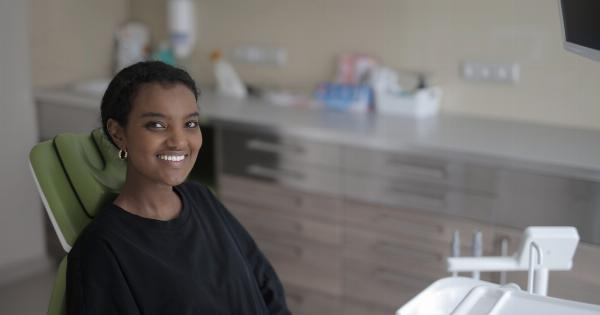Warts are common skin growths caused by the human papillomavirus (HPV) infection. These unsightly and sometimes painful bumps can appear on various parts of the body, including the hands, feet, face, and genital area.
In this article, we will explore the causes, transmission, and diagnosis of warts, shedding light on this common dermatological concern.
Causes of Warts
Warts are primarily caused by an infection with the human papillomavirus. There are more than 100 different types of HPV, but only a few varieties are responsible for causing warts.
The virus enters the body through small cuts or abrasions in the skin, leading to the development of warts.
Common warts, which usually appear on the hands and fingers, are caused by HPV types 2 and 4. Plantar warts, found on the soles of the feet, are caused by HPV type 1.
Genital warts, as the name suggests, develop in the genital area and are usually caused by HPV types 6 and 11.
In addition to viral infections, certain risk factors can increase the likelihood of developing warts. These include having a weakened immune system, coming into contact with someone who has warts, and having damaged or moist skin.
Transmission of Warts
Warts are highly contagious and can spread from person to person through direct or indirect contact. Direct contact includes touching someone else’s warts or shaking hands with an infected individual.
Indirect contact involves exposure to objects that have been touched by a person with warts, such as towels, shoes, or surfaces in public areas like swimming pools or gym locker rooms.
It is important to note that warts can also spread to different areas of the body. Scratching or picking at a wart can transfer the virus to other parts of the skin, leading to the development of new warts.
Therefore, it is crucial to avoid touching or picking at warts to prevent further spread.
Diagnosis of Warts
Diagnosing warts is usually straightforward and can often be done by visual examination. Doctors or dermatologists may use a magnifying glass to get a closer look at the warts and determine their type.
In some cases, a skin biopsy may be performed to rule out other skin conditions or to confirm the diagnosis.
If genital warts are suspected, additional tests may be necessary. Pap smears or DNA tests can help detect high-risk HPV strains in women, while PCR tests or DNA tests can be used for both men and women.
It is important to consult a healthcare professional for an accurate diagnosis and appropriate treatment plan for warts.
Treatment Options for Warts
While warts can often disappear on their own, many individuals seek treatment to alleviate symptoms or expedite their removal.
The choice of treatment depends on the location, size, and type of warts, as well as the patient’s preference and overall health.
Common treatment options for warts include:.
Cryotherapy
Cryotherapy involves freezing the wart with liquid nitrogen, causing it to blister and eventually fall off. Multiple sessions may be required for complete removal.
Topical Medications
Over-the-counter or prescription-strength creams, gels, or ointments containing salicylic acid can be applied to the warts to gradually dissolve them.
Electrocautery
Electrocautery uses an electric current to burn the wart tissue. Local anesthesia may be used during the procedure.
Laser Treatment
A laser is directed at the wart to destroy the blood vessels that supply it. This causes the wart to eventually wither and fall off.
Immunotherapy
Immunotherapy involves stimulating the body’s immune system to target and destroy the wart-causing virus. This is often used for stubborn or recurring warts.
Preventing Wart Transmission
While it may be challenging to completely prevent the transmission of warts, there are measures you can take to reduce the risk:.
Practice Good Hygiene
Regularly washing your hands and maintaining good personal hygiene can help minimize the spread of warts.
Avoid Touching Warts
Avoid touching your own warts or the warts of others to prevent further transmission.
Protective Measures
If you have a wart, cover it with a bandage or use gloves to minimize contact with others and reduce the risk of spreading the virus.
Avoid Walking Barefoot
In public areas like swimming pools, locker rooms, or communal showers, wear protective footwear to prevent direct contact with the viruses that cause warts.
Boost Immune System
A strong immune system can help your body fight off HPV infections. Ensure you get enough sleep, maintain a balanced diet, and manage stress levels.
Conclusion
Warts, caused by the human papillomavirus, are common skin growths that can appear on various parts of the body. They are highly contagious and can spread through direct or indirect contact.
While diagnosis is usually done through visual examination, some tests may be required for genital warts. Various treatment options are available depending on the type and location of warts. By practicing good hygiene and taking preventive measures, you can significantly reduce the risk of wart transmission.
Consult a healthcare professional for accurate diagnosis and appropriate treatment options.






























